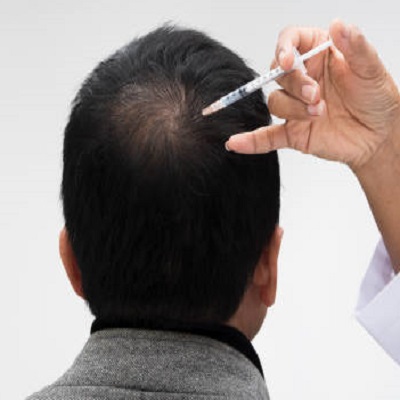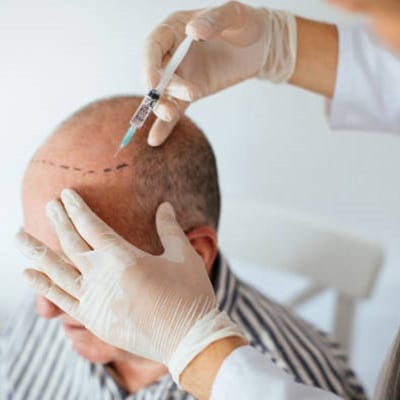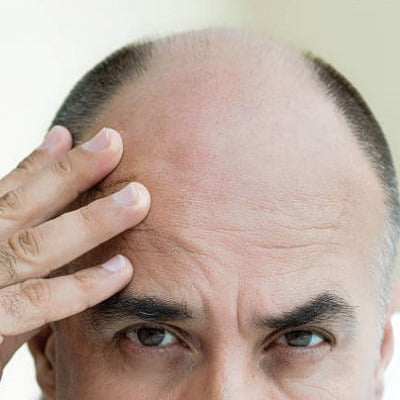
Whether hair loss happens due to genetics, hormonal changes, stress, or other factors, the emotional toll of losing hair can be profound. Individuals experiencing hair loss often find themselves on a quest for practical solutions that halt the progression of hair loss and promote regrowth. PRP hair treatment in Islamabad has emerged as a promising option, offering a non-invasive and natural approach to combat hair loss.
In this blog, we’ll delve into the causes of hair loss, the science behind PRP therapy, and the potential benefits of this innovative treatment. So, read the following details!
Understanding Hair Loss:
Hair loss, or alopecia, is a common condition affecting millions worldwide. While losing some hair daily is typical, excessive hair shedding or noticeable thinning can be distressing. Various factors contribute to hair loss, including:
- Genetics: Hereditary hair loss, or androgenetic alopecia, is the most common cause of hair loss. It can affect both men and women and is often characterized by a receding hairline and thinning at the crown.
- Hormonal Changes: Fluctuations in hormones, such as during pregnancy, childbirth, menopause, and thyroid imbalances, can contribute to hair loss.
- Medical Conditions: Certain medical conditions, such as alopecia areata, lupus, and diabetes, can result in hair loss.
- Stress and Diet: High stress levels and poor nutrition can impact hair health. Inadequate intake of essential nutrients like vitamins and minerals may lead to hair thinning and loss.
- Medications and Treatments: Some medicines and medical treatments, such as chemotherapy, can cause hair loss as a side effect.
The Technique Behind PRP Therapy:
Platelet-rich plasma therapy is a medical procedure that involves the extraction and concentration of a patient’s blood plasma enriched with platelets. Platelets contain growth factors that play a crucial role in tissue regeneration and healing. In the context of hair loss treatment, PRP is believed to stimulate hair follicles, promote blood flow, and encourage the growth phase of the hair cycle.
The PRP process typically involves the following steps:
- Blood Collection: A small amount of the patient’s blood is drawn, usually from the arm.
- Centrifugation: The blood is then placed in a centrifuge, a machine that spins rapidly to separate its components. This process concentrates on the platelets and growth factors.
- Injection: The concentrated PRP is injected into the scalp in areas where hair loss is a concern. The growth factors in PRP are thought to stimulate dormant hair follicles and promote hair regrowth.
Benefits of PRP Hair Treatment:
- Natural and Autologous: One of the primary advantages of PRP therapy is that it utilizes the patient’s blood, reducing the risk of allergic reactions or rejection. This autologous approach aligns with the trend towards more natural and holistic treatment options.
- Stimulation of Hair Follicles: The growth factors in PRP are believed to activate dormant hair follicles, encouraging them to enter the active growth phase. This stimulation may result in increased hair density and thickness.
- Improved Blood Circulation: PRP promotes blood flow to the scalp, delivering essential nutrients and oxygen to the hair follicles. Improved circulation is crucial for maintaining healthy hair and supporting regrowth.
- Minimal Downtime: PRP hair treatment is a minimally invasive procedure that typically requires no downtime. Patients can resume their daily activities shortly after the treatment.
- Complementary to Other Therapies: PRP therapy can be used with other hair loss treatments, such as topical medications or hair transplant surgery. This versatility makes it a valuable option for individuals seeking comprehensive solutions.
- Reduced Side Effects: Since PRP utilises the patient’s blood components, the risk of adverse reactions is minimal compared to synthetic or foreign substances.
All Summed Up!
The emotional impact of hair loss is profound, affecting self-esteem, confidence, and overall well-being. While there is no one-size-fits-all solution for hair loss, PRP therapy offers a promising avenue for those seeking a natural and minimally invasive approach to address this concern. The science behind PRP, focusing on harnessing the body’s healing mechanisms, aligns with the growing interest in holistic healthcare.
As with any medical procedure, it’s crucial to consult with a qualified practitioner at SKN Cosmetic Clinic Islamabad to determine the suitability of PRP therapy based on individual health factors and the specific cause of hair loss. Additionally, managing expectations is essential, as results can vary among individuals.



